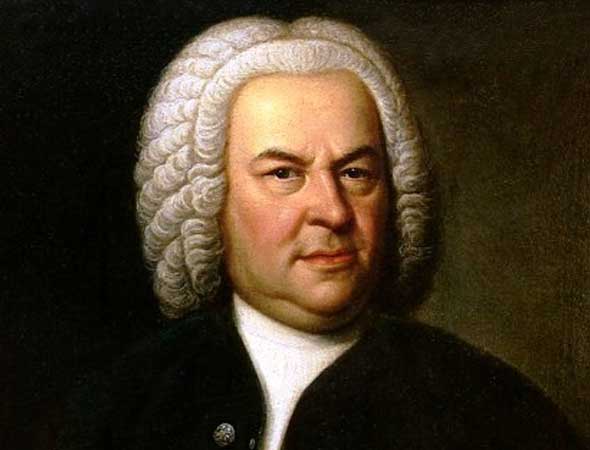BACH: Keyboard Concerto in A Major
by Jeff Counts
THE COMPOSER – JOHANN SEBASTIAN BACH (1685-1750) – During Bach’s many years in Leipzig, he took part in one of the city’s longstanding cultural traditions, that of the Collegium Musicum. These were secular concert-producing organizations that were typically run by university students but still serious enough that they attracted the finest professional musicians of the day. Telemann had started one while he was in Leipzig back in 1702 and, in 1729 after the departure of Telemann’s successor, Bach took it over and remained at the helm until 1741. The Collegium position required a lot from him in terms of administrative time and compositional productivity, but he seemed to enjoy having a steady, non-religious outlet for his work.

THE HISTORY – Bach left behind a catalogue of works in two volumes that where organized as “various concertos for one, two, three and four harpsichords”. The collection dates from 1738 but many of the pieces were in fact re-workings of earlier music, some not even Bach’s, and they represent the last known orchestral scores of Bach’s career. One subset (BWV 1052-1059) comprises solo harpsichord concerti with ensemble accompaniment, a genre he had all but invented with the 5th Brandenburg Concerto. There are markings on the 1738 manuscript that indicate an intention to compose two sets of six concerti (a common publication grouping for Bach), but Bach never got past the first bit of No. 8. Scholars now believe that all the solo parts for the 1738 concerti were based on material for non-keyboard instruments, even if the sources are not always easy to track down. Such is the case with the A Major Concerto, BWV 1055. No clear provenance exists, but some researchers think it was originally written for oboe or oboe d’amore somewhere around 1721 while Bach was still working in Cöthen. It’s impossible to know without more direct evidence, but that hasn’t stopped academics from reconstructing the solo part for oboe players anyhow. Bach had been attempting to establish the harpsichord as a viable concerto alternative to the violin for quite a while by 1738, and he certainly must have been aware of (and inspired by) Handel’s contemporaneous attempts to do the same with the organ. One thing Bach couldn’t have been aware of, at least not consciously, was the floodgates he had just opened. As music historian Christoff Wolff points out, the promise of the keyboard concerto as a genre could not now be contained. His own son Carl Phillip Emanuel would go on to write over 50 of them and a young Mozart would use Johann Christian Bach’s sonatas to craft nascent concerti of his own in 1770. The rest, we know.
THE WORLD – Elsewhere in 1738, the ear at the center of the War of Jenkin’s Ear is presented to the British Parliament, excavations of Herculaneum (near Pompeii) began and French inventor Jacques de Vaucanson unveiled the first successful biomechanical automaton, The Flute Player.











